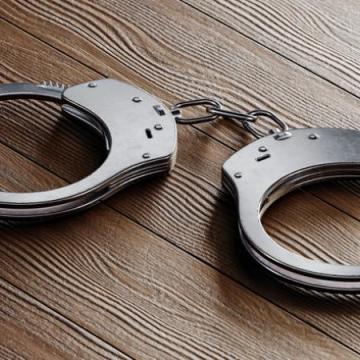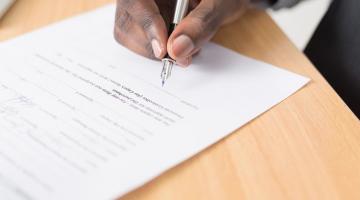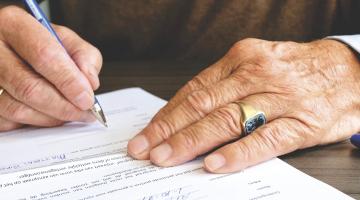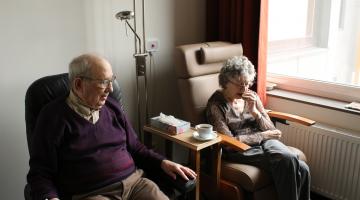Tips to Prevent Slips-and-Fall
According to the National Floor Safety Institute, more than 3 million food service employees and over 1 million guests experience severe injuries on the premises of restaurants and eateries. Many of these are caused by slips and falls. Slip-and-fall accidents can lead to catastrophic injuries. In addition to harming the injured guests and staff members, these accidents also have the potential to harm the establishment’s reputation.
Poor lighting, wet floors, and uneven flooring are some of the common causes of trips and falls in a restaurant. The injuries caused by a slip-and-fall accident can be quite severe, and they may include back pain, broken bones, spinal cord injury, and traumatic brain injury.
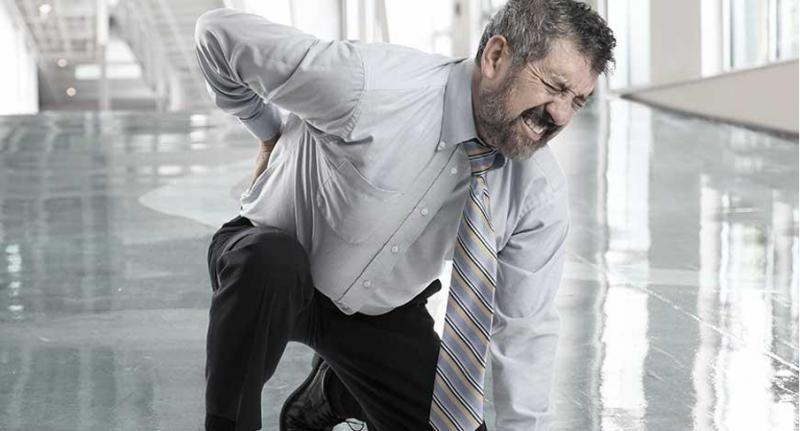
Management’s Role in Prevent
Restaurant management and owners must identify and evaluate the risks present on their premises. Like any other workplace safety hazard, having a plan for the steps to take after an accident at the restaurant is crucial.
Workers and guests who are injured in a slip and fall accident can consult a Philadelphia personal injury lawyer to take legal action against the negligent owner or operator. To protect themselves and their customers, a restaurant owner should evaluate the potential risks and train their employees accordingly.
1. Practice good housekeeping
Housekeeping and safety go hand in hand, and a clean restaurant is a safe restaurant. Practicing practical housekeeping decreases the risk of injuries and accidents on your premises. You should plan and assign responsibilities to each employee to ensure the facilities remain in good condition.
For example, there should be an employee during each shift who can ensure that the restaurant floor is always safe and clean. This should become part of the restaurant’s daily routine. If any of the staff members are absent, the owner should assign this critical duty to someone else.
2. Clear all the obstacles
Whether there are items blocking stairs or a walkway, it is important to ensure that there are no obstacles where people may walk. As a restaurant manager or owner, it is your responsibility to ensure a safe and smooth experience for your guests. It should be a general practice to conduct periodic inspections throughout the day to identify any slip-and-fall hazards that may arise.
3. Maintain proper lighting
Lighting plays a significant role in the occurrence of many slip-and-fall accidents. You should ensure that all paths and walkways are clearly illuminated, including indoors, outdoors, the kitchen area, the stairs, and the parking lot. If there are any poorly lit areas and you cannot improve the lighting, be sure that these areas are clear of clutter and other hazards.
4. Appropriate cleaning products for your floors
You should make sure that the products you choose to use for cleaning purposes are compatible with the flooring at your restaurant. In addition to ensuring that you purchase the right cleaning materials, you should also train the cleaning personnel on the safest way to use these products.
Your employees should be informed about the potentially dangerous consequences that could arise as a result of using the wrong products or using the correct products improperly. The front of the restaurant and the back area may require separate cleaning products, depending on the type of flooring that is installed.
5. The right footwear for employees
As part of their jobs, some employees may be exposed to potentially hazardous environments, such as oily or wet surfaces. In these situations, owners should ensure that their employees have the proper footwear and require that they wear it when on the job. The owners can even conduct training workshops to train staff members on best practices for preventing slips and falls on the premises.
6. Floor and walkway audits
Repairing damage to floors and walkways is one of the preventative measures restaurant owners and managers can take to reduce the risk of accidents on their premises. Management can assign employees with the responsibility of auditing floors and walkways on the premises, which can help to identify hazards that could contribute to slips and falls.
7. Use proper warning signs
If the floor is wet or slippery, be sure to alert employees and customers with a proper warning sign. This sign should be clear and easily readable to anyone who may encounter it. When people are appropriately warned of a hazard, it may reduce the restaurant owner's liability if an accident occurs. In case an individual fails to heed the warning and becomes injured, they may be responsible for their own injuries.
In addition, the owners should maintain impeccable records about the safety training that employees undergo, as well as cleaning logs that document safety precautions and procedures. The restaurant owners should take all the above-mentioned precautionary measures to prevent the risk of slips and falls on the premises.
More to Read:
Previous Posts:
Next Posts:
